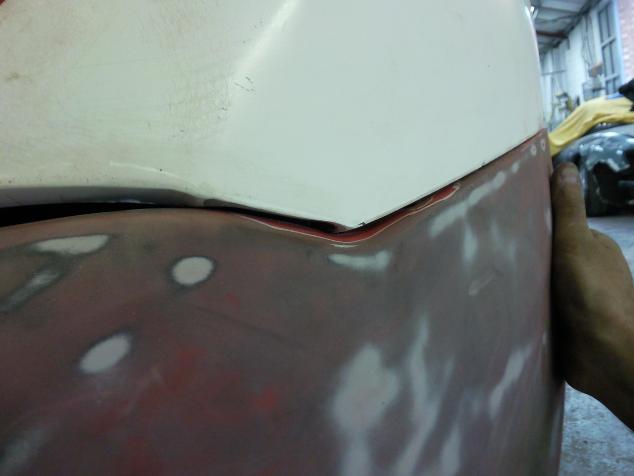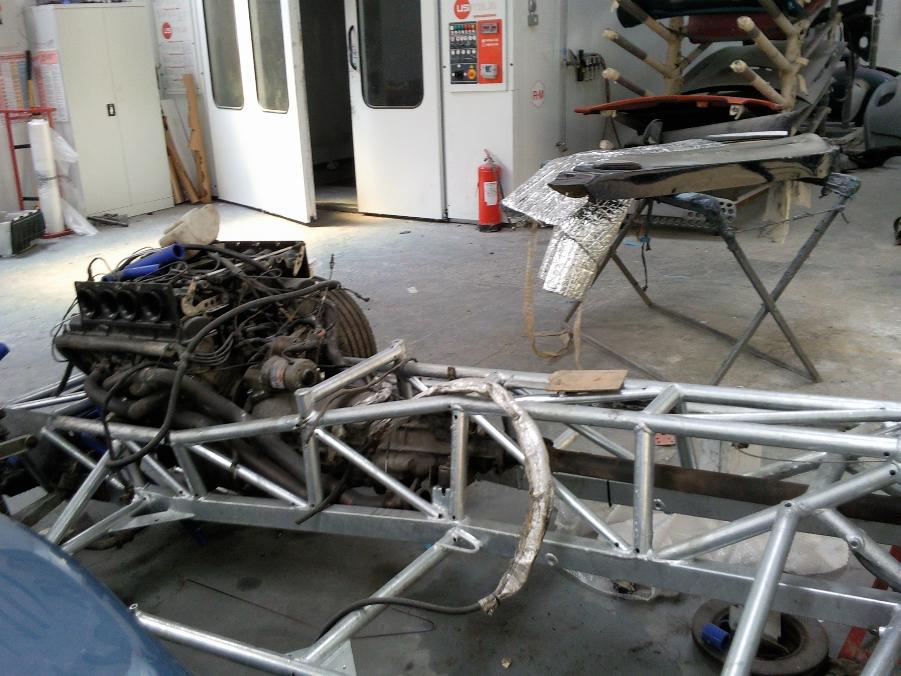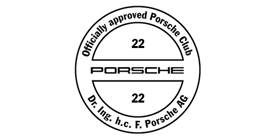ORIGINAL: bazhart
Hi Ben, as you know I have been on holiday but your earlier posting has puzzled me throughought and so I must ask someone to explain to me how the intake temperature ater the intercooler is much lower than the ambient temperature?
Air in the inlet sytem after the turbo is at a higher pressure than it entered the turbo - so quite apart from the heat from the turbo unit - it must enter the intercooler hotter.
The only way I know for the ambient air to cool the charge temerature lower than its own temperature (well it can´t inside the intercooler and temperature gradients accross different materilals mean it must still always be hotter than ambient) would be if the pressure dropped after it left the intercooler at the place the temperature is being measured. But this seems unlikely if it is to enter the engine under positive pressure? especially as the dimaters of the various pipes don´t seem large wnough to affect a temporary pressure drop anywhere. Is it because the venturi effect at one small diameter, just where the temperature is being measured has lowered the pressure as the air flow speeds up?
However to achieve over 100% volumetric efficiency (which from the outpùt it does) the pressure must always be higher in the engine?
I am sure there is a logical explanation and I am just too much in holiday mode to work it out - but it is releative to our discussions about my plans for the intercooler on my next engine so it is niggling me and I would like to have it explained.
Baz
I already commented on this on another thread and agree its not possible. Drag racers acheive it by packing their Intercoolers in dry ice before making a run but other than that it should be physically impossible. Can only be duff readings/ calibration issues as stated above.











